Wellhead facilities are a crucial component in the oil and gas industry, responsible for controlling the flow and pressure of oil or gas from a well. They serve as the primary interface between the underground reservoir and the surface processing facilities. Here’s a detailed overview of wellhead facilities:
1. Wellhead Components
A wellhead is composed of several key components, each serving specific functions:
- Casing Head: The first piece of equipment installed on top of the casing string, providing a seal between the casing and the surface. It also supports the weight of the entire wellhead assembly.
- Tubing Head: Installed on top of the casing head, it provides a pressure-tight seal between the tubing and the casing. It also supports the tubing string and allows for the installation of a Christmas tree.
- Christmas Tree: An assembly of valves, spools, and fittings installed on top of the tubing head. It controls the flow of hydrocarbons from the well, allowing for safe and controlled production. It typically includes:
- Master Valve: The primary shut-off valve.
- Wing Valves: Control the flow from the well to the pipeline.
- Choke: Regulates the flow rate and pressure of the well stream.
- Swab Valve: Provides access for well intervention and maintenance.
2. Functions of Wellhead Facilities
- Pressure Control: Wellhead facilities are designed to control the high pressures encountered during production. They ensure safe and stable operation by managing pressure fluctuations.
- Flow Control: Regulate the flow rate of oil or gas from the well to prevent damage to the reservoir and optimize production.
- Safety: Equip the well with multiple barriers to prevent blowouts and uncontrolled releases of hydrocarbons. This includes emergency shut-down systems and pressure relief devices.
- Monitoring and Data Collection: Wellhead facilities are equipped with sensors and instrumentation to monitor pressure, temperature, flow rate, and other critical parameters. This data is essential for managing production and ensuring the integrity of the well.
- Separation and Initial Processing: In some cases, wellhead facilities may include separators to remove water and gas from the oil stream. This is often the first step in the production process before the oil or gas is sent to further processing facilities.
3. Types of Wellhead Systems
- Onshore Wellheads: Typically simpler and more accessible, onshore wellheads are installed on land-based wells. They are easier to maintain and modify.
- Offshore Wellheads: Found on offshore platforms or subsea installations, these wellheads are more complex due to the challenging marine environment. Subsea wellheads, in particular, require advanced technology for remote operation and maintenance.
4. Installation and Maintenance
- Installation: The installation of a wellhead is a critical phase that requires precision and adherence to safety standards. It involves setting the casing and tubing, installing the wellhead components, and pressure testing the system.
- Maintenance: Regular maintenance is crucial to ensure the integrity and performance of the wellhead. This includes inspecting and servicing valves, replacing seals, and monitoring for corrosion or wear.
5. Advancements in Wellhead Technology
- Automated Systems: Modern wellhead facilities are increasingly automated, allowing for remote monitoring and control. This enhances safety and operational efficiency.
- High-Pressure High-Temperature (HPHT) Wellheads: Designed to withstand extreme conditions found in deepwater or high-pressure reservoirs, HPHT wellheads use advanced materials and engineering.
- Subsea Wellhead Systems: Advances in subsea technology enable the development of wells in deepwater locations, with remotely operated vehicles (ROVs) and subsea control systems playing key roles.
6. Safety and Environmental Considerations
- Blowout Preventers (BOPs): Installed on wellheads to prevent blowouts by sealing the well in case of an uncontrolled flow. BOPs are critical safety devices, especially in offshore drilling.
- Environmental Protection: Wellhead facilities are designed to minimize environmental impact, with measures to prevent spills, leaks, and emissions. This includes secondary containment systems and emergency response plans.
In summary, wellhead facilities are essential for the safe and efficient production of oil and gas. They encompass a range of equipment and technologies designed to control pressure, regulate flow, ensure safety, and facilitate monitoring and maintenance. Advances in technology continue to enhance their capabilities, particularly in challenging environments like deepwater and high-pressure reservoirs.

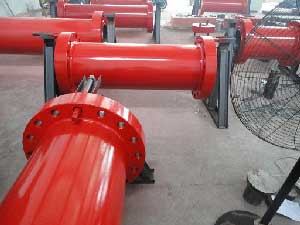
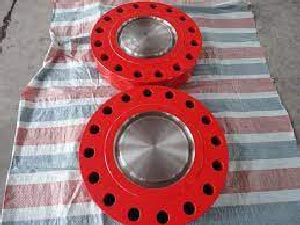
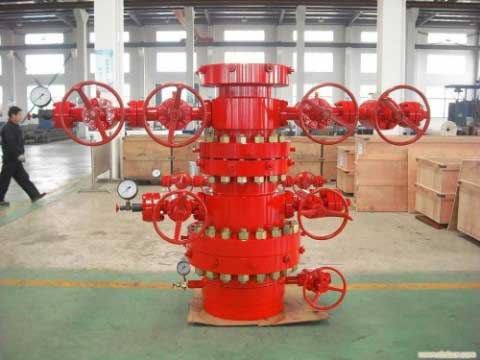


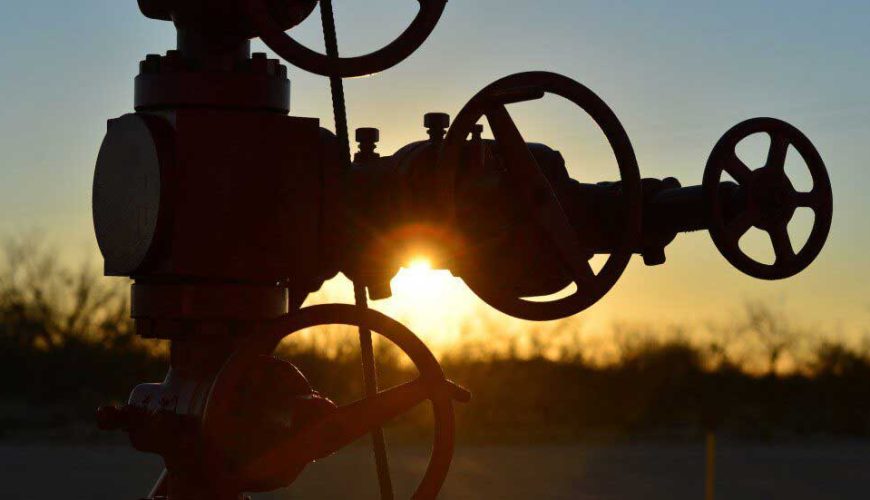
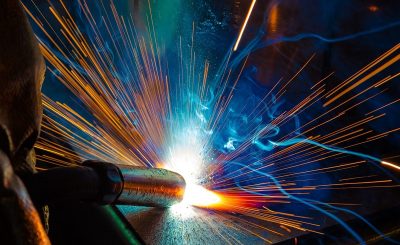

Leave A Reply